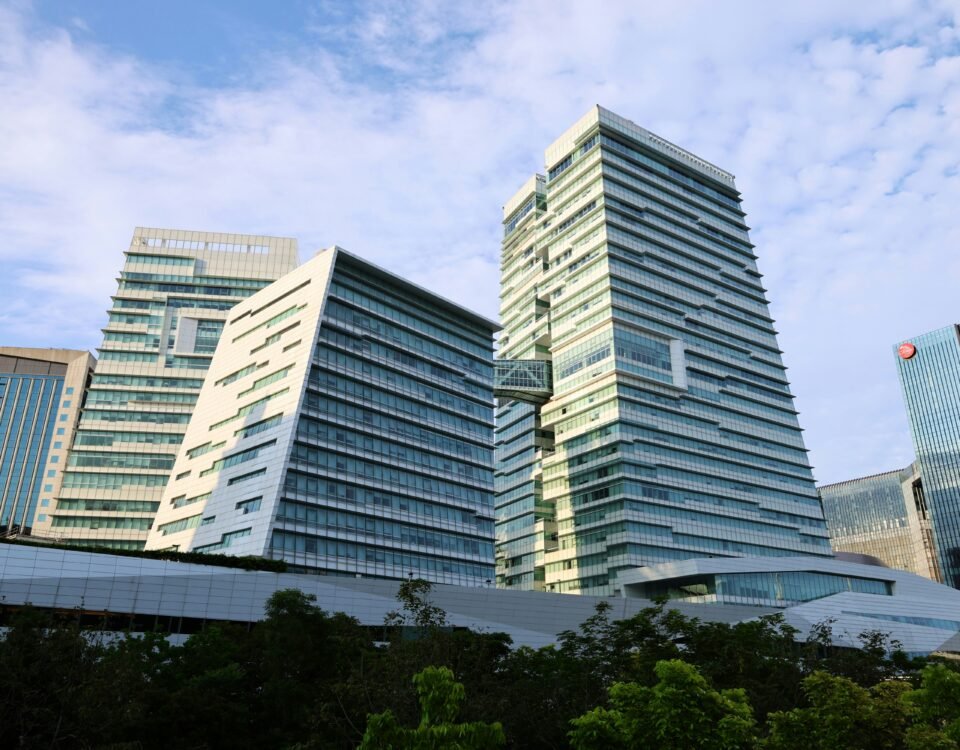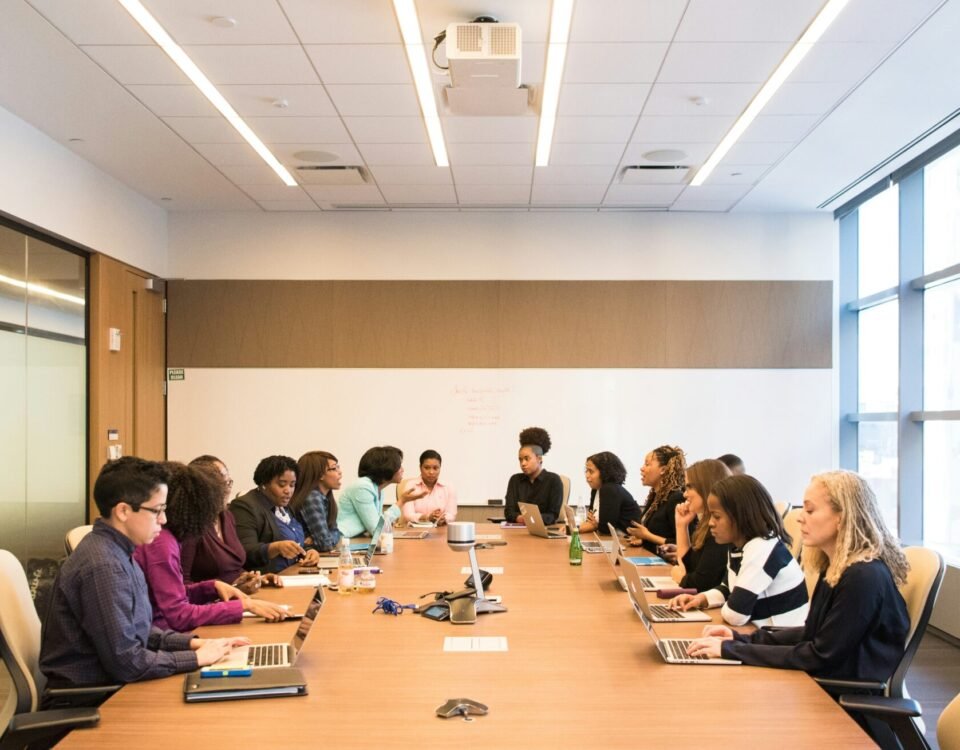Public institutions today face enormous pressure—from climate shocks and economic turbulence to shifting citizen expectations and rising social demands. And while the development community has never had more tools, data, or funding at its disposal, public sector delivery continues to lag behind in many contexts.
At Lapnos, we believe that fixing this gap requires more than technical solutions. It calls for a fundamental shift in how we think about—and practice—delivery.
Here’s where we believe the future must go.
1. From Top-Down to Locally-Led
Many delivery efforts are still built from the outside in—designed in donor offices, managed by external consultants, and handed off to implementers as an afterthought. But long-term results require local ownership from the start.
Reforms stick when frontline actors, civil servants, and citizens co-shape the solution. That means investing in local capacity, redistributing decision-making power, and trusting those closest to the problem to lead the response.
2. From Projects to Platforms
The development sector remains flooded with short-term, siloed projects—each with its own reporting system, procurement cycle, and branding. This fragmentation overwhelms public institutions and often duplicates effort.
The future of delivery is systemic. We need to move from isolated projects toward platforms—shared infrastructure, integrated service delivery, and coordinated funding that builds long-term government capability.
3. From Output Metrics to Adaptive Learning
Traditional monitoring systems still prioritize neat indicators over real insight. But development is rarely linear—and outcomes that matter most (like improved governance or citizen trust) aren’t always easy to quantify.
What’s needed is a learning mindset. One that values iteration, course correction, and political nuance as much as logframe milestones. MEL systems must evolve from performance policing to strategic learning engines.
4. From Siloed Expertise to Multidisciplinary Teams
Delivery doesn’t happen in policy memos—it happens in the messy middle between ambition and execution. That’s why today’s delivery challenges require more than subject-matter experts.
They require teams that blend policy, operations, behavioral science, systems thinking, and political economy. Teams that can navigate ambiguity, respond in real time, and help institutions adapt under pressure.
5. From “One-Size-Fits-All” to “Context-First”
Too many reforms fail because they try to replicate what worked elsewhere without understanding the political, cultural, or institutional terrain.
Templates don’t travel. What’s needed is context-first design: solutions rooted in local realities, shaped through co-creation, and flexible enough to evolve.
What This Means for Governments and Development Partners
- Governments must invest in their own delivery muscle—not just policy formulation.
- Funders should prioritize long-term reform journeys over short-term project wins.
- Implementers need to think beyond KPIs and toward system change.
It also means embracing complexity, tolerating ambiguity, and recognizing that the real work of delivery begins after the strategy is written.
How Lapnos Is Thinking Ahead
At Lapnos, we work with governments and public institutions to strengthen the systems that deliver. That means embedding support inside ministries, co-creating reform roadmaps, building implementation coalitions, and investing in long-term capacity—not just short-term results.
We believe delivery is not about heroic leadership or one-off innovation. It’s about institutions that learn, adapt, and respond—consistently and equitably.
What Needs to Change? Maybe Everything.
If we want better outcomes, we need better delivery. And better delivery won’t come from doing more of the same. It will come from rethinking how we design, fund, and execute public sector change.
We’d love to hear from others navigating the same challenges.
What shifts do you think are most urgent?






